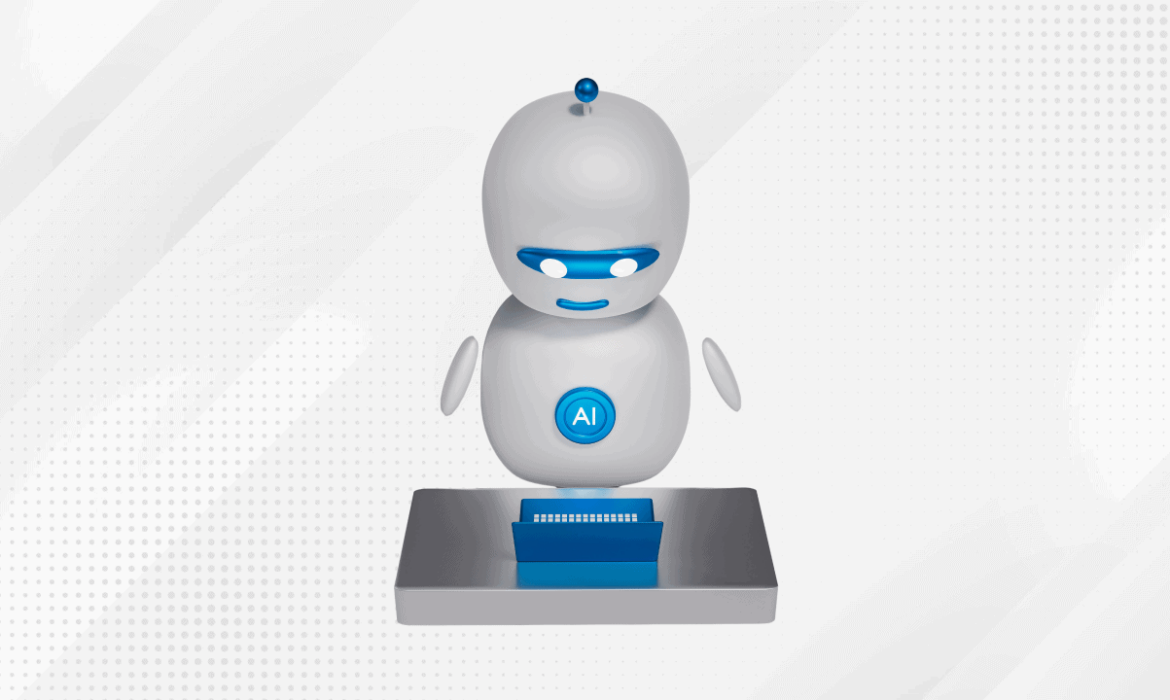Why Chatbot again when ChatGPT is ruling over?! Or why not their combination?! ChatGPT, a revolutionary tool stands for a generative pre-trained transformer which is an interactive platform through chat, designed to give comprehensive answers whereas chatbots are plugins using Natural Language Processes for any business or website to interact with.
Chatbots are typically pre-programmed with a limited set of responses, whereas ChatGPT is capable of generating responses based on the context and tone of the conversation. This makes ChatGPT more personalized and sophisticated than chatbots. Both ChatGPT and chatbots are conversational agents designed to interact with humans through chat giving them real experience. However, there are some them in various factors.
Differences between ChatGPT and Chatbot
Efficiency and speed
Chatbots can handle a high volume of user interactions simultaneously with fast responses. They quickly provide users with information or assist with common queries, reducing wait times which improves overall efficiency. In contrast, ChatGPT generates responses sequentially and has limited scalability for handling large user bases.
Task-specific expertise
Chatbots can be built with specialized knowledge or skills for specific industries or domains. For instance, a chatbot in healthcare can provide accurate medical advice or help schedule appointments, leveraging its deep understanding of medical protocols. ChatGPT, while versatile, may not possess such specialized knowledge without additional training.
Control over responses while user interaction
Chatbots offer businesses more control over the responses and images they want to project. As a developer, you can design, curate, and review the responses generated by a chatbot, ensuring they align with your brand voice and guidelines. ChatGPT, although highly advanced, generates responses based on a large dataset and may occasionally produce outputs that are off-topic or not in line with your desires.
Improved conversational capabilities
Integrating ChatGPT into a chatbot, can leverage its advanced natural language processing abilities. ChatGPT excels at understanding context, generating coherent and human-like responses, and handling more nuanced conversations. This can enhance the overall conversational experience for users interacting with the chatbot.
Advantages Chabot with ChatGPT
Richer and more engaging interactions
ChatGPT’s ability to understand and generate natural language responses can make the interactions with the chatbot feel more realistic and engaging. The chatbot can provide personalized and contextually relevant responses, leading to a more satisfying user experience.
Continuous learning and improvement
ChatGPT is designed to learn from user interactions, allowing it to improve its responses over time. Integrating ChatGPT with a chatbot enables the system to continuously learn and adapt based on user feedback. This means that the chatbot can become smarter and more effective at understanding and addressing user needs.
Flexibility and scalability
ChatGPT can be integrated with various chatbot platforms and frameworks, offering flexibility in implementation. ChatGPT is constantly learning, which means that it can improve its responses over time by building a chatbot for customer support, virtual assistants, or other applications.
Integration of ChatGPT into the back end of the chatbot requires to implementation of their combination. Whenever a user enters a message, the chatbot would pass that message to ChatGPT, which would generate a response based on its machine-learning algorithms using the cloud services. The chatbot would then display the response to the user. This approach can result in a more natural and intuitive conversation between the user and the chatbot, as ChatGPT is capable of generating responses that are more human-like.
In summary, ChatGPT is a more advanced and intuitive conversational AI, it may not always have access to real-time data or provide the most up-to-date information on rapidly changing events than traditional chatbots. But it is capable of understanding the nuances of human language, context, and intent, which makes it a more effective tool for customer service, personal assistants, and other applications while generating responses to user input, while the chatbot serves as the interface through which users can interact with the system.






